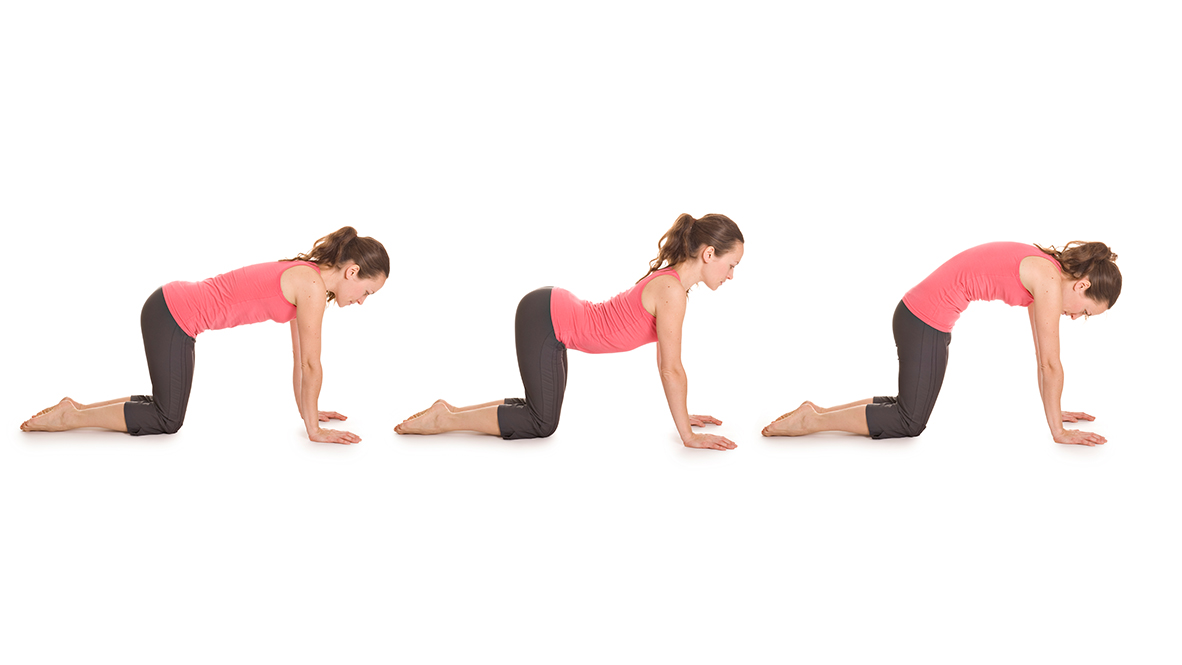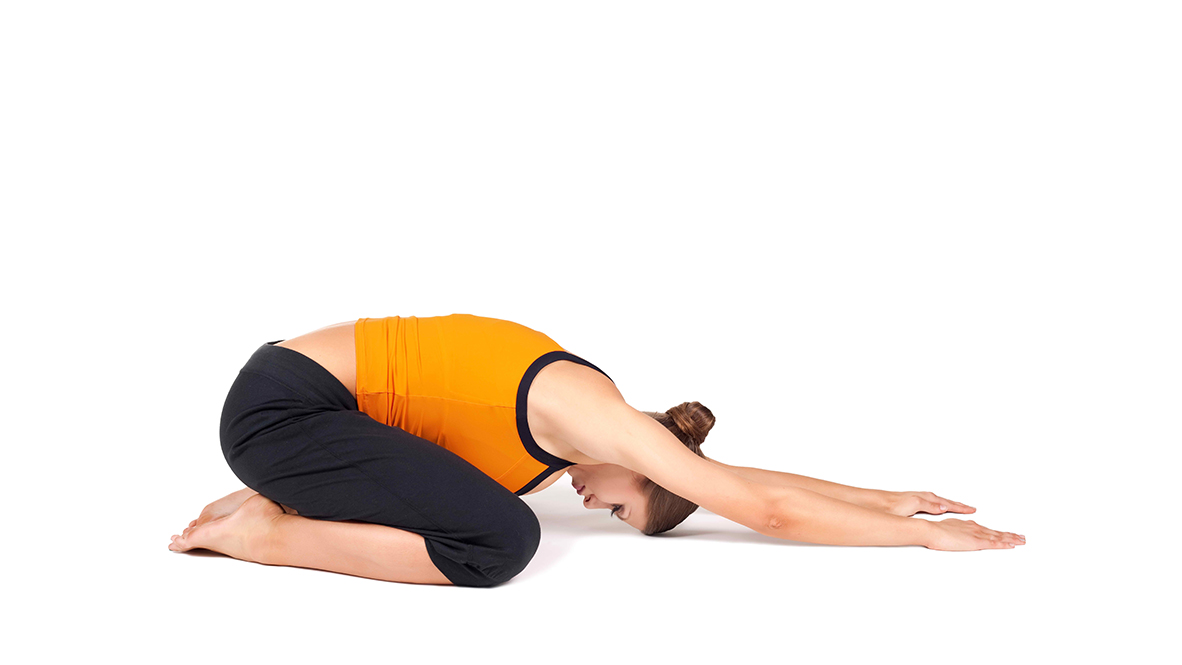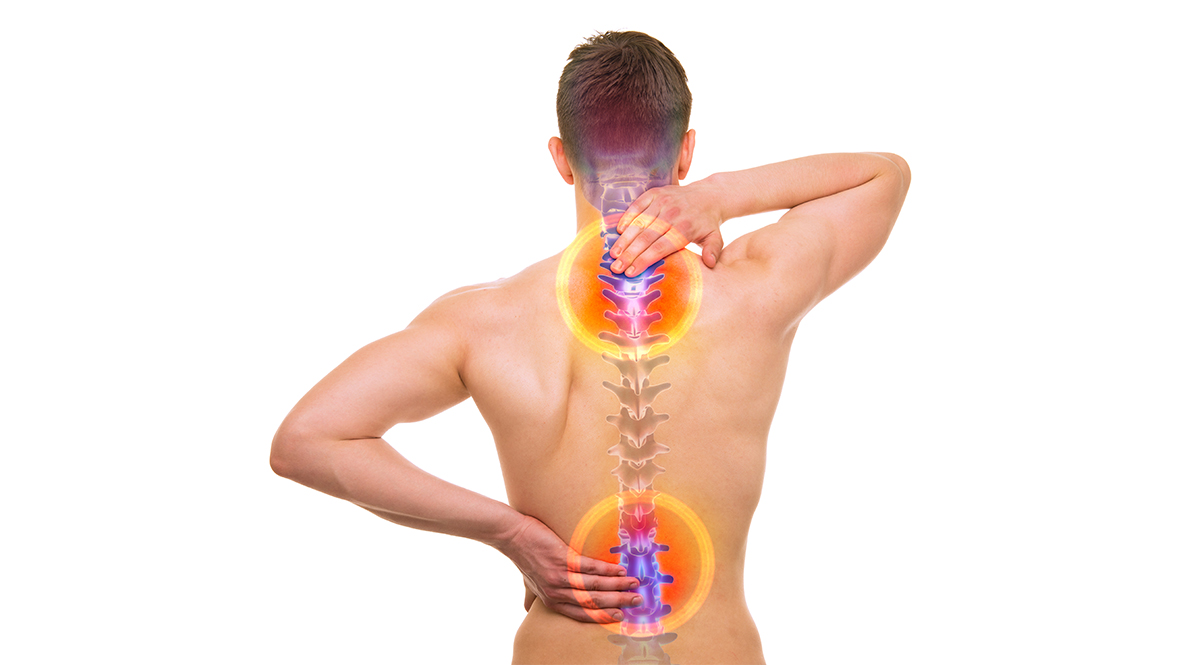Ophthalmologists often spend long hours working in awkward positions, and unfortunately, these necessary job functions cause many doctors to suffer from neck and back pain.
In fact, a recent survey of ophthalmologists in India showed that symptoms of neck and back pain are common, with 70.5% of respondents suffering from symptoms. According to the survey, 49% of respondents experienced low back pain, followed by neck pain at 33%, and upper back pain at 16%. In addition, of those with back pain, 86.6% reported that up to 5 hours per week was lost due to persistent backache.
This study by Drs. Ramesh Venkatesh and Sumit Kumar, which surveyed members of the All India Ophthalmological Society (AIOS), is the first time the prevalence between ophthalmologists and work-related back and neck pain has been investigated in India.*
Analyzing the risk factors
This survey explored a number of factors leading to neck and back pain among ophthalmologists in India. According to the survey, 61% of respondents felt that their back pain was exacerbated while working: Performing surgery was main culprit of back pain (45.9%), seeing patients in the OPD/doing procedures came in second (32.6%), followed by using retinal lasers/indirect ophthalmoscopy (25.5%).
Interestingly enough, ophthalmologists in certain specialty branches experience more neck and back pain than others. Doctors specializing in cataract, general ophthalmology, cornea and refractive surgery, glaucoma, and medical retina were found to have a higher rate of reported symptoms, while those working in pediatric ophthalmology, neuro-ophthalmology, oculoplasty, and surgical retina showed lesser risk of having back pain. The study’s authors note that this could be due to the lesser volume of ophthalmic work and cases in these subspecialties.
Managing back and neck pain
This study also asked respondents about their methods to alleviate symptoms of back and neck pain. Of all respondents with pain, 74.3% reported they were doing some form of exercise/yoga, 32.5% were taking non-steroidal anti-inflammatory drugs, 9.37% had received physiotherapy/treatment from a chiropractor, and 0.87% had undergone surgery.In addition to exercise, the authors made other suggestions to help reduce pain. For example, making minimal modifications in instrumentation, like adjustments to the height of the slit-lamp, operating table and/or microscope eyepieces, will help to keep the neck and back in a neutral position (this helps avoid unnecessary extension or flexion). Increasing the doctor-to-patient ratio would also help by reducing the workload and hours worked.
Reference:
*Venkatesh R, Kumar S. Back pain in ophthalmology: National survey of Indian ophthalmologists. Indian J Ophthalmol. 2017; 65:678-682.
Try it at home: Gentle yoga poses to alleviate back and neck pain.
Cat and Cow Poses
Cat and Cow poses are a gentle way to stretch an achy or sore back.
Do it: Start on your hands and knees. On an inhale, move into cow pose by dropping your belly toward the floor and bringing your gaze up (don’t crunch your neck). On an exhale, move into cat pose by rounding your back and bringing your gaze toward your navel. Repeat 10 times, flowing smoothly with your breath between the poses.
Child’s Pose
This pose elongates the back and promotes relaxation – so it’s perfect to do before bed, or at the end of a long day.
Do it: Kneel on the floor, with your big toes touching, and sit on your heels. Spread your knees apart, but keep your big toes touching. Sit tall to lengthen the spine, and on an exhale, drape your body between your knees. Rest your forehead on the floor, and stretch your arms in front of you, palms facing down. Hold for five to 10 breaths, and repeat as needed for a soothing stretch.






The intricate challenges ophthalmologists face illuminate the broader narrative that health professionals while being the beacon of healing for others, can be silently grappling with physical discomfort. The pervasiveness of neck and back pain in this noble profession underscores the delicate dance between commitment and consequence. The finding that specific subspecialties have varying pain prevalences brings forth the complex interplay of techniques and ergonomics. As yoga and physical adjustments offer temporary respite, it beckons a collective reflection on the symbiotic relationship between healer and healing and the profound importance of safeguarding the well-being of those who dedicate their lives to… Read more »